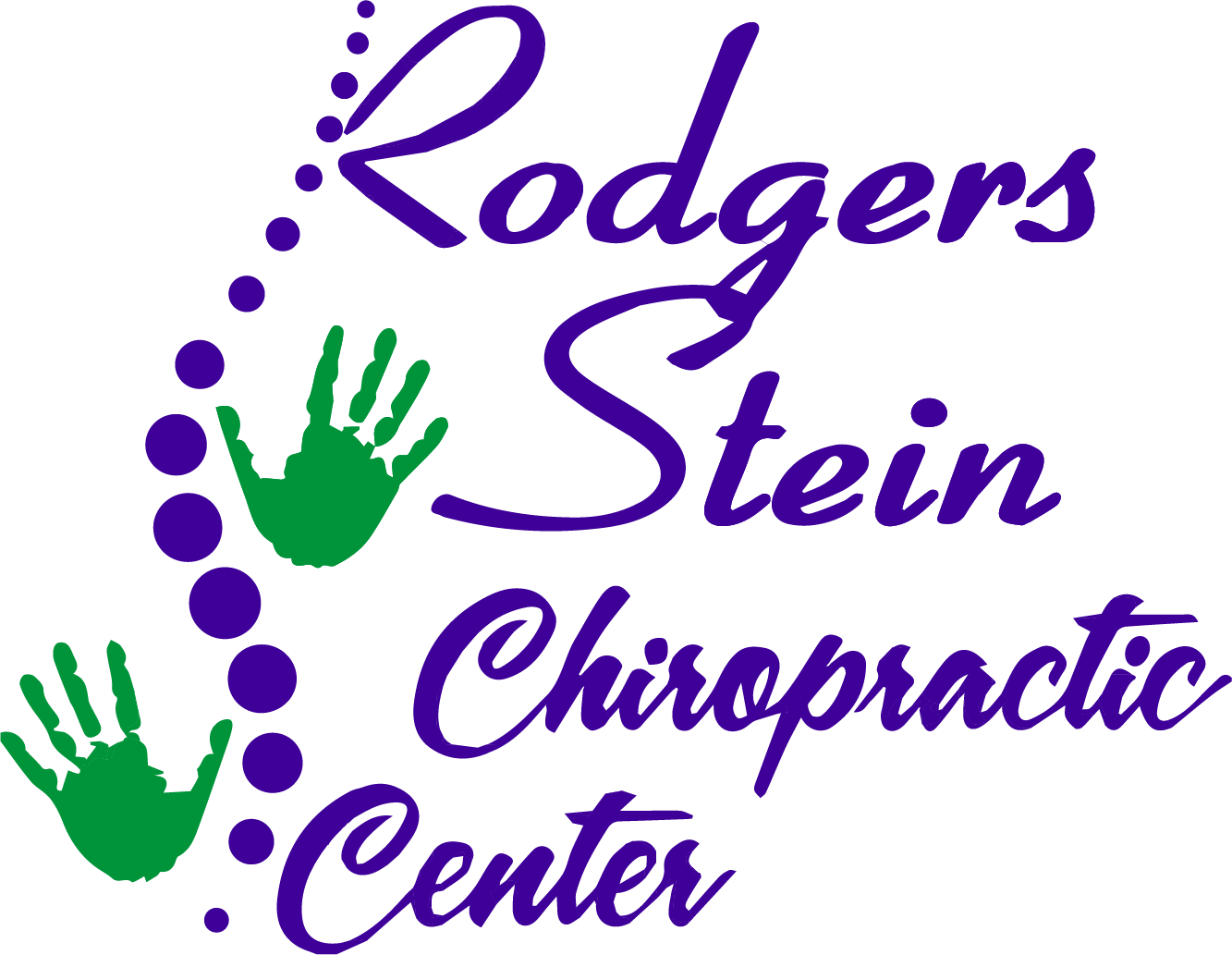If you're struggling with back pain, you might be surprised at how adjustment techniques can transform your comfort level. These methods range from simple stretches to more structured practices designed to promote spinal health. You don't have to live with discomfort, as proactive measures can enhance your mobility and overall well-being. But what specific techniques can you incorporate into your daily routine to effectively manage your pain? Exploring these options could lead you to a more pain-free life.
Understanding Back Pain
Back pain is a common issue that many people experience at some point in their lives. You might find it stems from several causes, including muscle strain, poor posture, or even an underlying medical condition. Understanding the nature of your back pain is vital for effective relief and management.
You might notice that your pain varies in intensity and type. It could be sharp, aching, or even a dull, constant throb. Sometimes it radiates to other areas, like your legs or hips. Identifying these patterns can help you communicate better with healthcare professionals, ensuring you receive the right guidance.
Lifestyle factors often play a significant role in back pain. If you spend hours hunched over a desk or neglect regular exercise, you're increasing your risk. You might also be surprised to learn that stress can contribute to muscle tension in your back. Recognizing these connections is important for preventing future flare-ups.
Age is another factor; as you get older, your body undergoes changes that can lead to back pain. Conditions like arthritis or degenerative disc disease can become more prevalent. It's important to stay proactive about your health, seeking advice from medical professionals when needed.
Ultimately, understanding your back pain helps you take control of your well-being. By addressing the root causes and recognizing your body's signals, you can start down the path to relief and improved quality of life.
What Are Adjustment Techniques?
Adjustment techniques are methods designed to relieve back pain and improve mobility.
You'll find various approaches, including manual therapy, chiropractic adjustments, and even self-adjustment techniques you can try at home.
Each of these techniques offers unique benefits that can help you feel more comfortable and active.
Manual Therapy Methods
When you're struggling with back pain, understanding manual therapy methods can be a game changer. These hands-on techniques aim to relieve discomfort and improve mobility by targeting the muscles, joints, and soft tissues. Manual therapy encompasses various approaches, including massage, mobilization, and manipulation, each designed to address specific issues contributing to your pain.
Massage therapy focuses on relaxing tense muscles and improving circulation, which can help reduce pain and promote healing.
Mobilization involves gently moving joints to enhance their range of motion and reduce stiffness. This technique often uses slower movements, making it suitable for individuals who may be sensitive to more intense treatments.
Manipulation, on the other hand, is a more forceful approach that aims to realign the spine and restore proper function. While it's often associated with chiropractors, other healthcare providers may also employ manipulation techniques.
Incorporating these manual therapy methods into your treatment plan can offer significant relief.
Working with a trained professional guarantees you receive personalized care tailored to your specific needs. As you explore these options, you may find a path toward lasting relief from your back pain.
#
Chiropractic Adjustments Explained
Chiropractic adjustments are a specialized form of manual therapy that focuses on realigning the spine and improving overall function. When you undergo this treatment, a trained chiropractor utilizes precise movements to apply controlled force to specific joints. This process aims to restore proper alignment, reduce pain, and enhance mobility.
During your session, the chiropractor will evaluate your posture, movement patterns, and any areas of discomfort. You'll likely find that adjustments can vary in technique, from gentle thrusts to more forceful maneuvers, depending on your specific needs. The goal is to address misalignments, which can lead to nerve irritation and discomfort.
You might experience immediate relief following an adjustment, as your body responds by releasing tension. Regular sessions can also help maintain ideal spinal health and prevent future issues. It's important to communicate openly with your chiropractor about your symptoms and any concerns you may have, ensuring they tailor the treatment to your individual condition.
Chiropractic adjustments not only target back pain but can also benefit other areas, improving overall wellness and physical function. By incorporating these adjustments into your routine, you can enhance your quality of life and stay active.
Self-Adjustment Techniques
Self-adjustment techniques can empower you to manage your back pain and enhance your overall well-being without always relying on professional help.
By incorporating these methods into your routine, you can alleviate discomfort and improve your posture.
Here are some effective self-adjustment techniques you can try:
- Gentle Stretching: Regularly stretch your back muscles to relieve tension. Focus on areas like the lower back and shoulders to promote flexibility.
- Foam Rolling: Use a foam roller to apply pressure to tight muscles. This can help release knots and improve blood flow, leading to reduced pain.
- Chin Tucks: Perform chin tucks to strengthen your neck muscles. This simple exercise helps align your spine and can alleviate tension in your upper back.
## Chiropractic Adjustments Explained
Chiropractic adjustments come in various types, each targeting specific issues in your spine and joints.
By understanding these adjustments, you can better appreciate the benefits of chiropractic care for relieving back pain.
Let's explore how these techniques can improve your overall well-being.
Types of Adjustments
When you're dealing with back pain, understanding the various types of adjustments can make a significant difference in your recovery. Each type serves a unique purpose, targeting specific issues that may contribute to your discomfort.
Here's a breakdown of some common adjustment techniques:
- Diversified Technique: This is the most widely used method, focusing on spinal alignment through quick, precise thrusts. It's effective for restoring normal range of motion.
- Activator Method: Utilizing a small handheld device, this technique delivers a gentle impulse to specific areas. It's ideal for those who might be uncomfortable with manual adjustments.
- Sacro-Occipital Technique (SOT): This approach emphasizes the relationship between the pelvis and the head, using specialized blocks to correct misalignments and improve overall balance.
#
Benefits of Chiropractic Care
Adjustments offer more than just relief from back pain; they provide a range of benefits that can enhance your overall well-being. When you receive chiropractic care, you're likely to experience improved mobility and flexibility. This increased range of motion allows you to engage in daily activities more comfortably.
Chiropractic adjustments also promote better posture. As your spine aligns correctly, you'll find it easier to maintain a neutral position, reducing strain on your muscles and joints. This can lead to less fatigue and discomfort throughout your day.
Furthermore, chiropractic care can boost your immune system. By improving spinal function and reducing nerve interference, your body can communicate more effectively, leading to enhanced health overall.
Another significant benefit is stress relief. Many people carry tension in their backs and necks, and adjustments can help alleviate that pressure, leaving you feeling more relaxed and centered.
Lastly, chiropractic care can contribute to better sleep. With reduced pain and tension, you can enjoy deeper, more restorative sleep, which is essential for overall health.
## Benefits of Chiropractic Care
Many people experience significant relief from back pain through chiropractic care, which offers a holistic approach to wellness. By focusing on spinal alignment and overall body function, chiropractic adjustments can help alleviate discomfort and promote healing.
You'll find that regular visits to a chiropractor not only address immediate pain but also contribute to long-term health.
One of the key benefits of chiropractic care is its non-invasive nature. Unlike some medical treatments, chiropractic adjustments don't rely on medications or surgery, which can have unwanted side effects. This makes it a more appealing option for many individuals seeking a natural remedy for their back pain.
Additionally, chiropractic care emphasizes the importance of patient education and self-management. You'll learn techniques and exercises that empower you to take control of your health. This proactive approach can lead to improved posture, increased flexibility, and better overall wellness.
Here are some specific benefits you might experience from chiropractic care:
- Reduced pain and discomfort: Regular adjustments can alleviate pain and tension in your back and surrounding muscles.
- Improved mobility: Chiropractic care can enhance your range of motion, making daily activities easier and more enjoyable.
- Enhanced overall health: By improving spinal function, you may experience better nervous system performance, leading to overall wellness.
Incorporating chiropractic care into your routine can be a game-changer in managing back pain and enhancing your quality of life.
Physical Therapy Approaches
Physical therapy approaches provide a thorough way to address back pain and improve functional movement. When you consult a physical therapist, they'll assess your specific condition and tailor a treatment plan just for you. This personalized approach is vital for effectively managing your pain and enhancing your mobility.
One common technique used in physical therapy is manual therapy, which involves hands-on manipulation of your muscles and joints. This can help reduce stiffness and improve circulation, allowing you to move more freely.
Your therapist may also employ modalities like heat or cold therapy to alleviate pain and inflammation, making it easier for you to engage in rehabilitation exercises.
Another important component of physical therapy is education. Your therapist will guide you on proper body mechanics, posture, and ergonomic practices to minimize strain on your back during daily activities. This knowledge empowers you to make informed choices and prevent future injuries.
Additionally, physical therapists often incorporate modalities such as ultrasound or electrical stimulation to aid in your recovery. These techniques can help reduce pain and promote healing by increasing blood flow to the affected areas.
Ultimately, physical therapy equips you with the tools and strategies needed to manage your back pain effectively. By committing to a tailored therapy plan, you'll not only relieve pain but also enhance your overall strength and flexibility, setting the stage for a healthier, more active life.
Targeted Exercise Routines
Incorporating targeted exercise routines into your back pain management plan can considerably enhance your recovery. These exercises not only strengthen the muscles that support your spine but also improve flexibility and promote better overall movement.
When you commit to a regular routine, you can alleviate pain and prevent future injuries.
To get started, focus on exercises that specifically target the core, back, and hip muscles. Here are some effective exercises you might consider:
- Bird-Dog: This exercise helps stabilize your core while promoting balance and coordination. Start on all fours, extend one arm forward and the opposite leg back, hold for a few seconds, then switch sides.
- Bridges: Bridges strengthen your glutes and lower back. Lie on your back with your knees bent. Lift your hips towards the ceiling, hold for a moment, and lower back down.
- Cat-Cow Stretch: This dynamic stretch increases flexibility in your spine. Begin on all fours, arch your back upwards while inhaling, then drop your belly towards the floor while exhaling, moving fluidly between the two positions.
Make sure to listen to your body and adjust the intensity and frequency of your workouts as needed.
Gradually increasing your routine will help you build strength without overexerting yourself. With consistency, you'll likely notice improvements in your mobility and a significant reduction in back pain.
The Role of Posture
Maintaining good posture plays a crucial role in alleviating back pain and promoting overall spinal health. When you sit, stand, or walk with proper alignment, you distribute your body weight evenly, reducing strain on your back muscles and ligaments. This not only helps prevent discomfort but also encourages better circulation and oxygen flow throughout your body.
You mightn't realize it, but slouching or leaning can lead to muscle imbalances that contribute to chronic pain. If you find yourself hunched over a computer or slouched on the couch, your spine may be under unnecessary stress. By consciously adjusting your posture, you can create a more supportive environment for your spine.
Keep your shoulders relaxed and your back straight, and make sure your head is aligned with your spine. When you sit, your feet should rest flat on the floor, with your knees at a right angle. Use chairs that support your lower back, and take regular breaks to stretch and move.
If you're standing, distribute your weight evenly on both feet and avoid locking your knees. Being mindful of your posture throughout the day can notably reduce tension in your back.
It's important to practice good habits at home, work, and during physical activities. Remember, small adjustments can lead to big improvements in your spinal health and overall well-being, helping you live a more comfortable life free from back pain.
At-Home Adjustment Tips
Simple adjustments at home can considerably ease your back pain and enhance your comfort. You don't need to wait for a professional appointment to start feeling better. Implementing a few simple techniques can make a significant difference in how your back feels throughout the day.
First, pay attention to your sleeping position. Try to sleep on your side with a pillow between your knees. This position helps align your spine and reduces pressure on your back. If you prefer sleeping on your back, placing a pillow under your knees can also provide relief.
Next, consider your workspace. If you spend long hours at a desk, make sure your chair supports your lower back. Adjust your chair height so that your feet rest flat on the ground. You might also want to use a small cushion or lumbar roll to support your lower back's natural curve.
Lastly, incorporate stretching and strengthening exercises into your daily routine. Simple stretches can alleviate tension and improve flexibility. Focus on your hamstrings, hip flexors, and lower back muscles. Regular strengthening can also help build the muscles that support your spine.
- Use ergonomic furniture to support proper posture.
- Take frequent breaks to stand and stretch.
- Engage in low-impact exercises like walking or swimming.
When to Seek Professional Help
Knowing when to seek professional help for back pain can make all the difference in your recovery. If your pain persists beyond a few days or worsens despite your at-home adjustment efforts, it's time to consult a healthcare professional. Ignoring persistent pain can lead to further complications, so don't hesitate to reach out for assistance.
You should also seek help if you experience additional symptoms like numbness, tingling, or weakness in your legs. These can be signs of nerve issues that require immediate attention.
If you've had an injury or accident that led to your back pain, don't wait too long to get checked out, as early intervention can prevent long-term issues.
Be mindful of any changes in bowel or bladder control, as this can indicate a serious condition known as cauda equina syndrome. If you experience these symptoms, seek emergency medical care right away.
Additionally, if your back pain is accompanied by unexplained weight loss, fever, or persistent night pain, it's essential to consult a healthcare provider. These could signal underlying conditions that need addressing.
Maintaining Long-Term Relief
Once you've sought professional help and received the appropriate treatment for your back pain, the next step is to focus on maintaining long-term relief. This involves adopting habits and practices that support your spine's health and prevent pain from returning. Remember, back pain management is an ongoing commitment.
Start by integrating regular physical activity into your routine. Gentle exercises like walking, swimming, or yoga can strengthen your back and improve flexibility. It's crucial to listen to your body and avoid overexertion, as this can lead to setbacks.
In addition to exercise, consider the following tips to guarantee long-lasting relief:
- Maintain good posture: Whether you're sitting at a desk or standing in line, always be mindful of your posture. Proper alignment minimizes strain on your back.
- Invest in ergonomic furniture: If you spend long hours at a desk, using an ergonomic chair and workstation can greatly reduce discomfort and support your spine.
- Stay hydrated and eat a balanced diet: Proper nutrition and hydration can contribute to muscle health and overall well-being, reducing the likelihood of pain.
Lastly, don't forget to schedule regular check-ups with your healthcare provider. This will help you stay on track with your back health and make any necessary adjustments to your routine.
Conclusion
Incorporating adjustment techniques into your routine can considerably relieve back pain and improve your overall well-being. By practicing gentle stretches, strengthening exercises, and maintaining proper posture, you take charge of your spinal health. Remember to listen to your body and seek professional help when needed. With consistent effort, you can achieve lasting relief and enjoy a more active, pain-free life. Prioritize your back health today for a brighter tomorrow!



